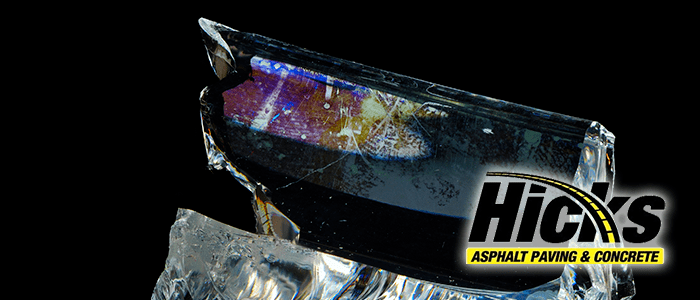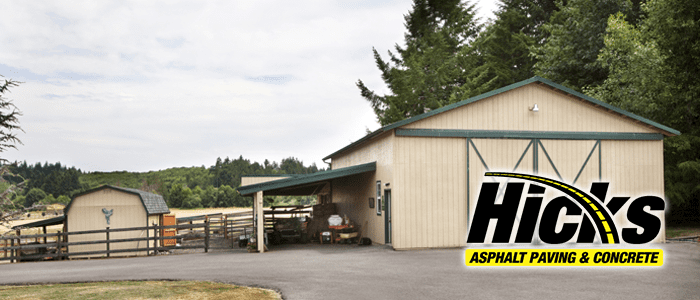Problems that concern many construction professionals when it comes to concrete are the issues of shrinkage and cracking. Some contractors try to protect themselves from these issues by adding fibers to concrete. Should you use fiber-reinforced concrete? Here’s some useful information about textile reinforced concrete and the advantages and disadvantages of using it in your projects.
Types of Reinforced Concrete
There are four categories of fiber that go into reinforcing concrete, including:
- Steel
- Glass
- Synthetic
- Natural
Micro V Macrofibers
While using synthetic, textile reinforced concrete, your concrete has either microfibers or macrofibers.
Microfibers
Microfibers help minimize plastic shrinkage cracking. They’re typically made of nylon, polypropylene, polyethylene, polyester or acrylic, although other synthetic fibers are usable. Microfibers are typically found in the concrete used for driveways, sidewalks, curbs, garage and basement floors and other locations where you need a durable surface with minimal plastic shrinkage cracking.
Macrofibers
Macrofibers are longer fibers that improve tensile strength as well as ductility. Their primary function is to provide an affordable alternative to rebar or welded-wire reinforcement. This type of fiber-reinforced concrete may be encountered in manholes, septic tanks and commercial flooring. Manufacturers typically make it from fiber with similar characteristics to steel, such as polypropylene.
What Fibers Do
In adding fiber to concrete, the goal is not to add strength, but to prevent cracking from drying shrinkage or plastic shrinkage.
While fibers added to concrete can give the concrete better impact resistance and tensile strength, they don’t necessarily make the concrete stronger with respect to flexural strength. Steel fibers can increase flexural strength to some extent, but other fibers generally will not — and they may even weaken your concrete slightly.
Application
Germany’s bridges are in sad shape. TÜV Rheinland says that one in every two is decaying. Reinforced concrete corrodes easily. Oxidation takes a toll on the reinforcing steel well before any telltale sign of damage is visible. Now, the industry is looking to completely rid cracks in concrete, and rusting steel. Engineers and architects are opting for textile reinforced concrete, a non-corroding building material with a long service life and the same structural properties as reinforced concrete.
Components made of this material can be as thin as a few centimeters. It may be cast to make delicate, lightweight structures with reinforcing textiles that bend into practically any shape. Alongside bridges, the material is also suitable for facades and ceilings. Designers use it for seating furniture and sculptures.
Advantages and Disadvantages of Fiber-Reinforced Concrete
As stated, the main advantage of fiber-reinforced concrete is the reduction of shrinkage and cracking. The right fiber-reinforced concrete can also provide impact-resistance, increase tensile strength and reduce voids in the concrete.
A disadvantage of fiber-reinforced concrete is that it can adversely affect workability, especially in the case of steel fiber-reinforced concrete. Even distribution of fibers throughout your concrete is a concern. There may also be a danger of fibers balling during mixing.
Another disadvantage to be aware of is that fiber-reinforced concrete is heavier than non-fiber concrete. If you’re using steel fibers, there’s also the danger of corrosion. Finally, textile reinforced concrete is more expensive than ordinary concrete, although the cost could be offset by other factors.





